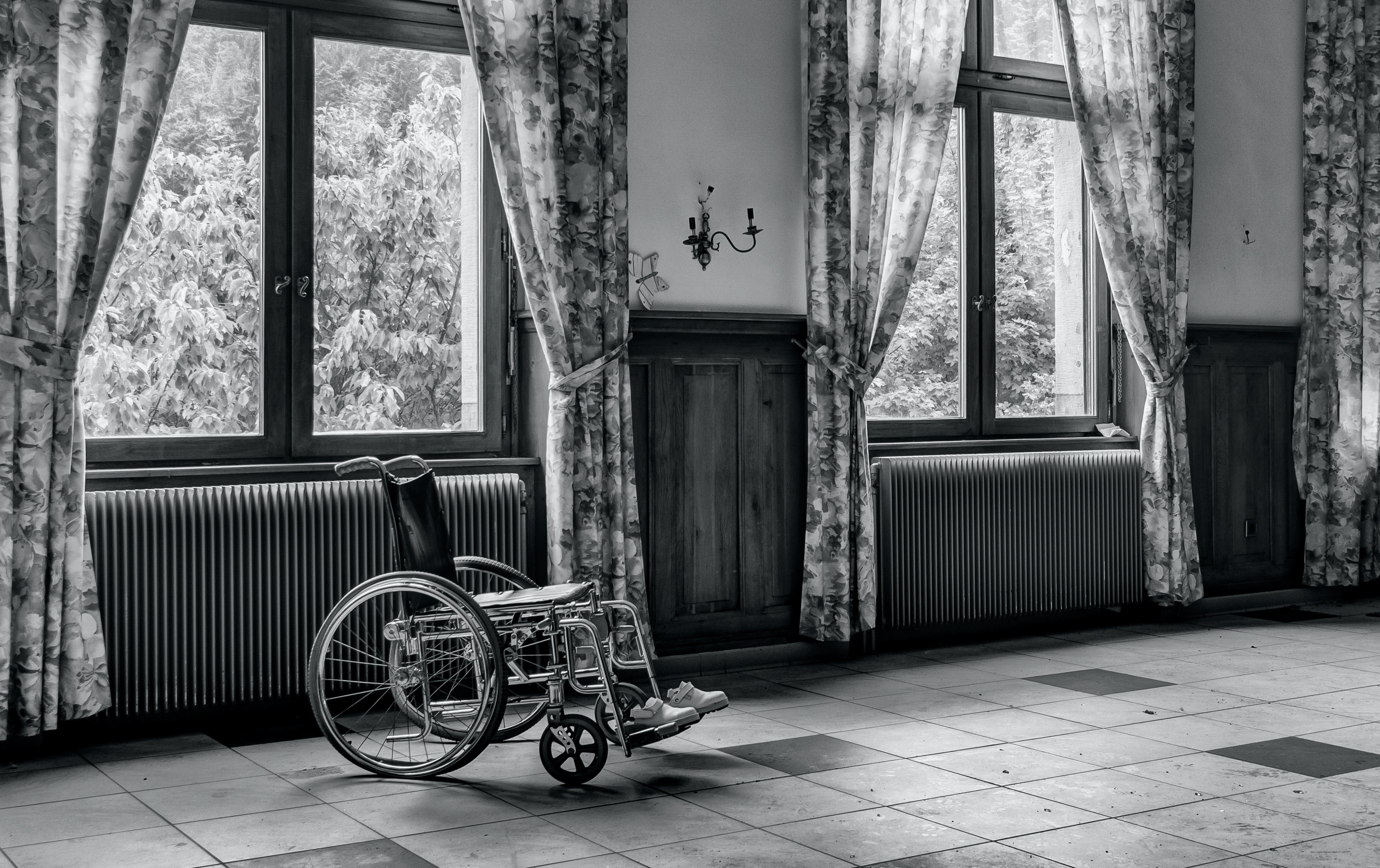General Health Tips & News
Guillain Barre Syndrome (GBS): What are its Symptoms, Risk Factors, Causes, Types, and Treatment?
By S.I. (staff writer) , published on June 06, 2023

Medicine Telehealth Health support physiotherapy
What is Guillain Barre Syndrome?
Guillain-Barre Syndrome is an autoimmune disorder. In GBS, the body’s immune system damages the normal nerves, leading to muscle weakness and paralysis [1]. It mostly follows a bacterial or viral infection such as gastroenteritis. This disorder is sometimes completely reversed, while some people develop permanent nerve damage. It is not restricted to any specific age. It can develop in anyone after an infection. However, people older than 50 years of age are more susceptible.
What are the Symptoms of Guillain Barre Syndrome?
The GBS is characterized by ascending paralysis, that is, the symptoms start appearing from the feet, progressively affecting the legs and thighs, ultimately reaching your upper body. Beginning from muscle weakness, paralysis can occur. The following are some common symptoms of GBS [2]:
- Pins and needles sensation in feet, legs, hands, and face
- Weakness in the feet and legs spreading to the upper body
- Muscle paralysis
- Respiratory muscle weakness
- Unsteady gait
- Inability to climb stairs
- Difficulty in speaking and chewing
- Double vision
- Increased heart rate
- Altered bladder and bowel function
- Labored breathing
- High or low blood pressure
- Severe pain
What are the Risk Factors for Guillain Barre Syndrome?
GBS can affect anyone; however, certain factors increase the likelihood of getting it. The following are the risk factors for developing GBS [3]:
- Campylobacter jejuni
- Influenza virus
- Cytomegalovirus
- Epstein-Bar virus
- Zika virus
- Hepatitis A, B, C and E
- HIV
- Covid-19
- Mycoplasma pneumonia
- Hodgkin lymphoma
- Advancing age
- Obesity
- Surgery
- Trauma
- Vaccination
What are the Causes of Guillain Barre Syndrome?
Autoimmune destruction of the peripheral nerves is responsible for producing the signs and symptoms of GBS. Several factors lead to GBS. The following are some common causes of it [4]:
- Diarrhea caused by Campylobacter jejuni is one of the most common causes of GBS.
- Respiratory illness/flu is another commonly encountered factor leading to GBS. Infections with Zika virus, Cytomegalovirus, and Epstein-Bar viruses are frequently reported in patients who later suffered from GBS.
- In rare cases, vaccination can also lead to this condition. However, the benefits of getting vaccinated outweigh the risks.
What are the Types of Guillain Barre Syndrome?
Following are the four common forms of GBS:
- Acute inflammatory demyelinating polyradiculoneuropathy (AIDP)
- Miller-Fisher syndrome (MFS)
- Acute motor axonal neuropathy (AMAN)
- Acute motor-sensory axonal neuropathy (AMSAN)
What are the Treatment Options for Guillain Barre Syndrome?
Supportive care is mostly advised to improve the quality of life. Regular monitoring of heart rate, breathing, and blood pressure is recommended in a hospital setting. The following are some common treatment options for GBS [5]:
- Plasma exchange/plasmapheresis is advised to remove autoimmune antibodies from the blood.
- Intravenous Immunoglobulins (IVIG) are injected to strengthen the immune system. IVIG help lessen the immune attack on healthy peripheral nerves.
- Respiratory support is usually needed in severe cases when respiratory failure is imminent.
References:
- https://www.ncbi.nlm.nih.gov/books/NBK532254/
- https://www.ncbi.nlm.nih.gov/pmc/articles/PMC4952175/
- https://www.ncbi.nlm.nih.gov/pmc/articles/PMC8172857/
- https://www.ncbi.nlm.nih.gov/books/NBK532254/#:~:text=Guillain%2DBarr%C3%A9%20syndrome%20(GBS),that%20can%20progress%20to%20paralysis.
- https://pubmed.ncbi.nlm.nih.gov/23628447/
Find articles related to: Medicine Telehealth Health support physiotherapy
More articles about General Health Tips & News
Back to the Health Tips Index




